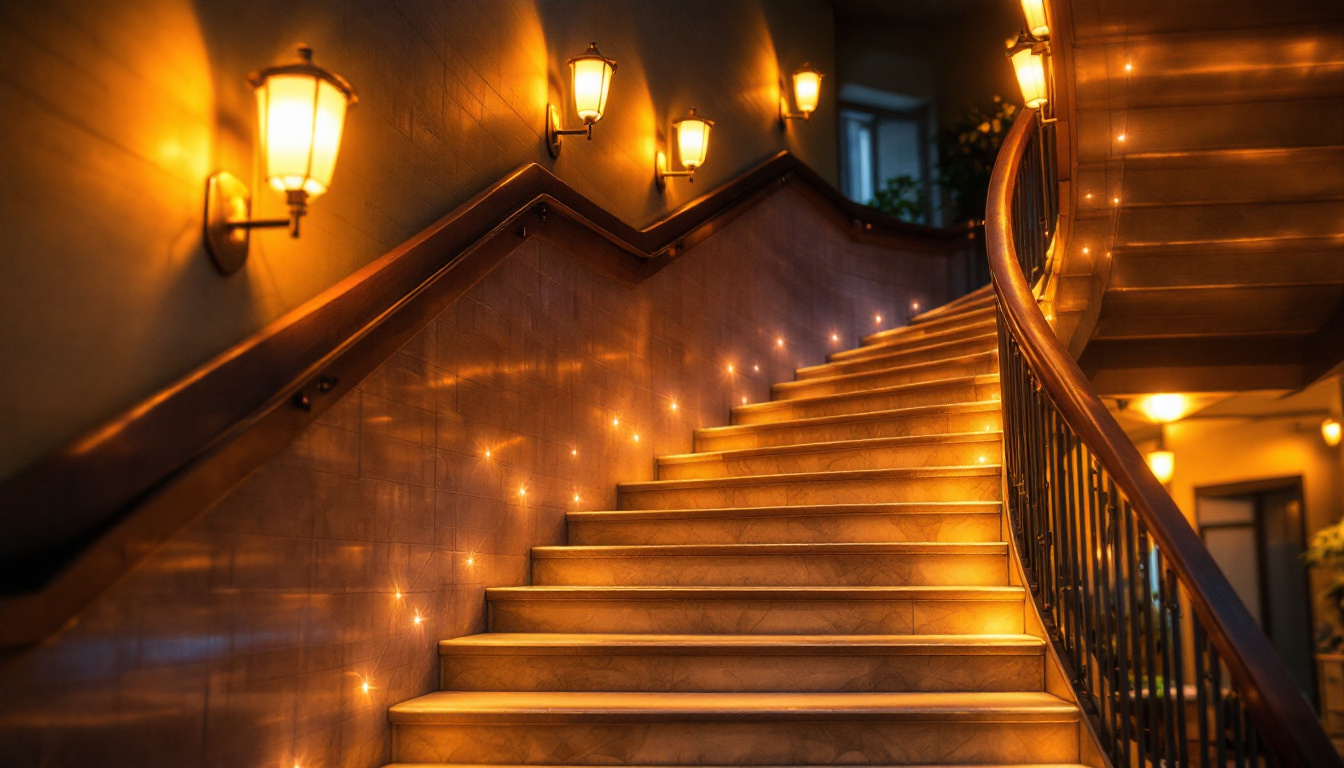
staircase lighting plays a crucial role in both safety and aesthetics within residential and commercial spaces. As lighting contractors, understanding the nuances of staircase lighting is essential for delivering quality installations that meet the needs of clients. This article delves into the various aspects of staircase lighting, including design considerations, types of fixtures, installation techniques, and maintenance tips. By the end, lighting contractors will be equipped with the knowledge to enhance their projects and ensure client satisfaction.
The staircase is often a central feature in a building, serving as a transition point between different levels. Proper lighting is essential for safety, as it helps prevent accidents and falls. Moreover, well-designed staircase lighting can enhance the overall ambiance of a space, creating a welcoming and visually appealing environment.
Safety should always be a top priority when designing and installing staircase lighting. Poorly lit staircases can lead to accidents, especially in high-traffic areas. It is important to ensure that each step is adequately illuminated to guide users safely. This may involve using a combination of overhead lights, wall sconces, and step lights to achieve uniform lighting throughout the staircase.
Additionally, lighting contractors should consider the color temperature of the bulbs used. Warmer tones can create a cozy atmosphere, while cooler tones may enhance visibility. A careful balance must be struck to ensure that the lighting serves its purpose without being harsh or uninviting. Furthermore, the placement of light fixtures is crucial; lights should be positioned to minimize shadows that could obscure steps or landings, thereby enhancing safety even further.
In addition to safety, staircase lighting contributes to the aesthetic appeal of a space. Thoughtfully designed lighting can highlight architectural features, such as banisters and railings, while also creating a sense of depth and dimension. Lighting contractors should work closely with clients to understand their vision and incorporate elements that align with the overall design theme of the property.
Incorporating dimmers and smart lighting options can also enhance the aesthetic appeal of staircase lighting. These features allow users to adjust the brightness to suit different occasions, whether it be a casual family gathering or a formal event. Moreover, the use of LED strips along the edges of steps or under handrails can create a modern and stylish look, while also providing functional lighting. This not only adds a contemporary flair but also ensures that the staircase remains a focal point of the interior design, drawing attention to its unique features and craftsmanship.
Additionally, the choice of materials for light fixtures can further influence the overall aesthetic. For instance, using fixtures made from brass or glass can add a touch of elegance, while industrial-style metal fixtures can lend a more rugged charm. The interplay of light and shadow created by these materials can add visual interest and enhance the character of the staircase, making it a memorable part of the home or building.
When it comes to staircase lighting, there are various types of fixtures that can be utilized. Each type offers unique benefits and can be selected based on the specific needs of the project.
Recessed lighting is a popular choice for staircase illumination due to its sleek and unobtrusive design. These fixtures are installed into the ceiling, providing a clean look while effectively illuminating the staircase. They can be strategically placed to highlight specific areas, such as landings or turns, ensuring that all steps are well-lit.
One of the advantages of recessed lighting is its versatility. It can be used in various styles, from modern to traditional, making it suitable for a wide range of projects. Additionally, recessed lights can be equipped with dimmers, allowing users to adjust the brightness as needed. This feature is particularly useful for creating different moods in the space, whether it’s a bright, welcoming light for daytime use or a softer glow for evening ambiance.
Wall sconces are another excellent option for staircase lighting. These fixtures are mounted on the walls alongside the staircase, providing both ambient and task lighting. They can be designed to complement the overall decor of the space, adding an element of style while serving a functional purpose.
When selecting wall sconces, it is important to consider the height at which they are installed. Fixtures should be positioned at a height that maximizes their effectiveness while minimizing glare. Furthermore, choosing sconces with adjustable heads can allow for more flexibility in directing light where it is needed most. In addition to their practical benefits, wall sconces can also serve as decorative elements, with a wide variety of designs available, from minimalist to ornate, ensuring that they enhance the overall aesthetic of the staircase.
Step lights are specifically designed to illuminate each individual step, enhancing safety and visibility. These fixtures can be recessed into the risers or installed on the sides of the steps. They provide a subtle glow that guides users up and down the staircase without being overly bright or distracting.
Step lights are particularly effective in outdoor staircases or in areas where natural light is limited. They can be powered by low-voltage systems, making them energy-efficient and easy to install. Additionally, many modern step lights come with LED options, which further reduce energy consumption. Beyond their practical use, step lights can also be integrated with smart home systems, allowing homeowners to control the lighting remotely or set it to activate automatically based on motion sensors, enhancing both convenience and safety.
Proper installation is critical to the effectiveness and longevity of staircase lighting. Lighting contractors must be familiar with various installation techniques to ensure that fixtures are securely mounted and positioned for optimal performance.
Before installation begins, it is essential to plan the layout of the lighting fixtures. This involves assessing the staircase’s design, dimensions, and any architectural features that may influence the placement of lights. A well-thought-out layout will ensure that all areas of the staircase are adequately illuminated.
Contractors should also consider the electrical requirements for each fixture. This may involve running new wiring or utilizing existing circuits. Ensuring compliance with local building codes and regulations is paramount during this phase to avoid any potential issues down the line.
Once the layout is finalized, the next step is to mount the fixtures. For recessed lighting, this involves cutting holes in the ceiling and securing the fixtures in place. Wall sconces require careful measurement to ensure they are installed at the correct height and distance apart for even lighting.
For step lights, contractors should ensure that they are flush with the surface of the steps to prevent any tripping hazards. Additionally, using weather-resistant materials for outdoor installations is crucial to withstand the elements and maintain functionality.
Wiring is a critical component of staircase lighting installation. Contractors must ensure that all electrical connections are secure and properly insulated to prevent any hazards. Using a voltage tester can help confirm that circuits are functioning correctly before finalizing the installation.
It is also advisable to label circuits and switches for easy identification. This can simplify future maintenance or upgrades, allowing for a more efficient process. Lastly, testing the lighting system after installation is essential to ensure that all fixtures are operating as intended.
Regular maintenance is vital to ensure the longevity and effectiveness of staircase lighting. Lighting contractors should educate clients on the importance of upkeep to prevent issues and maintain safety.
Over time, dust and grime can accumulate on lighting fixtures, diminishing their effectiveness. Regular cleaning is necessary to maintain optimal brightness and appearance. Contractors should recommend appropriate cleaning methods based on the type of fixture, whether it be glass, metal, or plastic.
In addition to cleaning, it is essential to check for any signs of wear or damage. This includes inspecting wiring, bulbs, and any other components that may require replacement. Addressing these issues promptly can prevent more significant problems in the future.
Lighting contractors should inform clients about the lifespan of different types of bulbs used in staircase lighting. LED bulbs, for example, have a longer lifespan compared to incandescent bulbs, making them a more cost-effective option in the long run.
When replacing bulbs, it is important to use the correct wattage and type to ensure compatibility with the fixtures. This not only maintains the aesthetic quality of the lighting but also ensures safety and efficiency.
As technology advances, there may be opportunities to upgrade existing staircase lighting systems. This could involve installing smart lighting solutions that allow for remote control and automation. Lighting contractors should stay informed about the latest trends and technologies to provide clients with the best options available.
Upgrading can also enhance energy efficiency, which is an appealing factor for many clients. By offering solutions that reduce energy consumption, contractors can help clients save on utility bills while also contributing to sustainability efforts.
Staircase lighting is a critical aspect of any lighting project, combining safety, functionality, and aesthetics. Lighting contractors must be well-versed in the various types of fixtures, installation techniques, and maintenance practices to deliver high-quality results. By understanding the importance of staircase lighting and staying informed about the latest trends, contractors can enhance their services and ensure client satisfaction.
Ultimately, effective staircase lighting not only improves safety but also elevates the overall design of a space. By taking the time to consider the unique needs of each project, lighting contractors can create stunning and functional staircase lighting solutions that leave a lasting impression.
Ready to take your staircase lighting projects to the next level? At LumenWholesale, we offer an exceptional range of spec-grade lighting products that combine quality with unbeatable wholesale value. Say goodbye to inflated markups and hello to superior lighting solutions that meet the highest industry standards. With our hassle-free bulk buying and free shipping, you can equip your projects with premium lighting at the best price, ensuring every installation shines with excellence. Elevate your lighting game and experience the best value in wholesale lighting today.
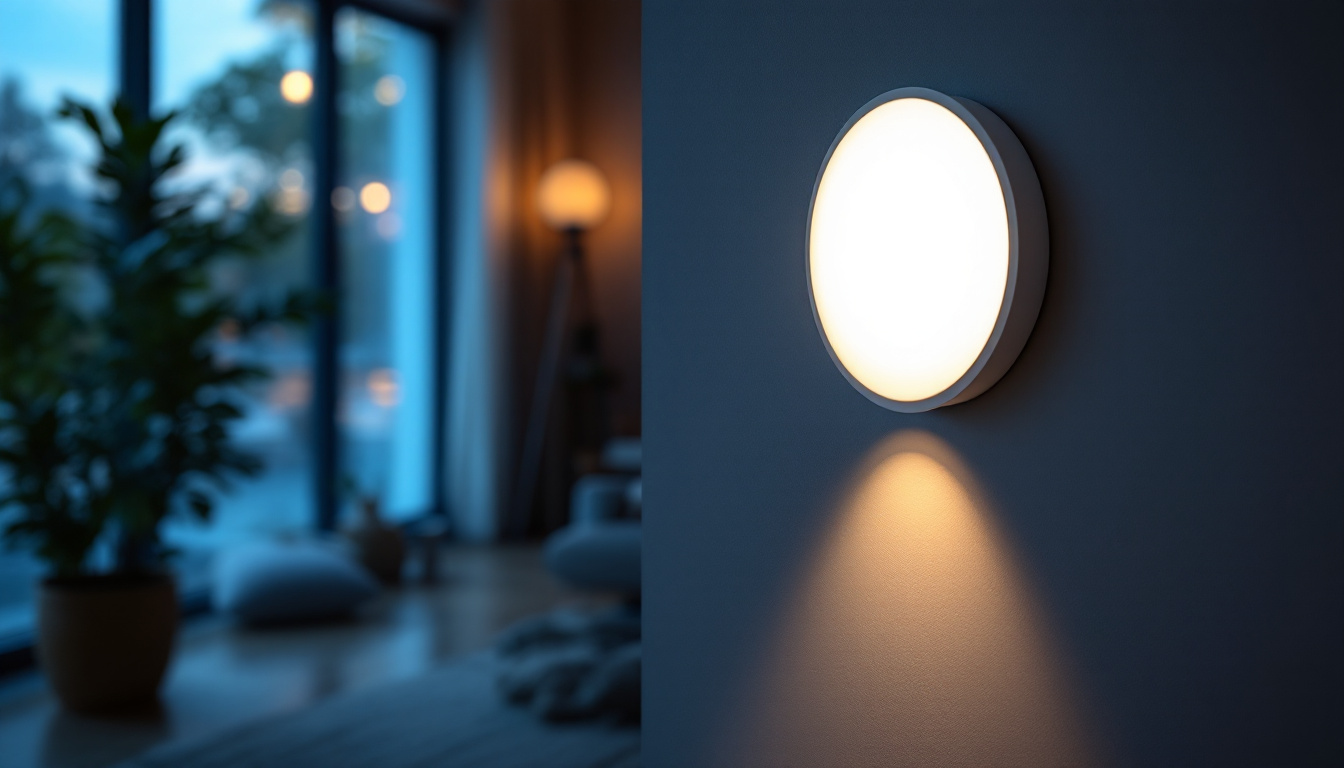
Discover how LED sensor lights are revolutionizing the lighting industry with their energy efficiency, smart technology, and enhanced security features.
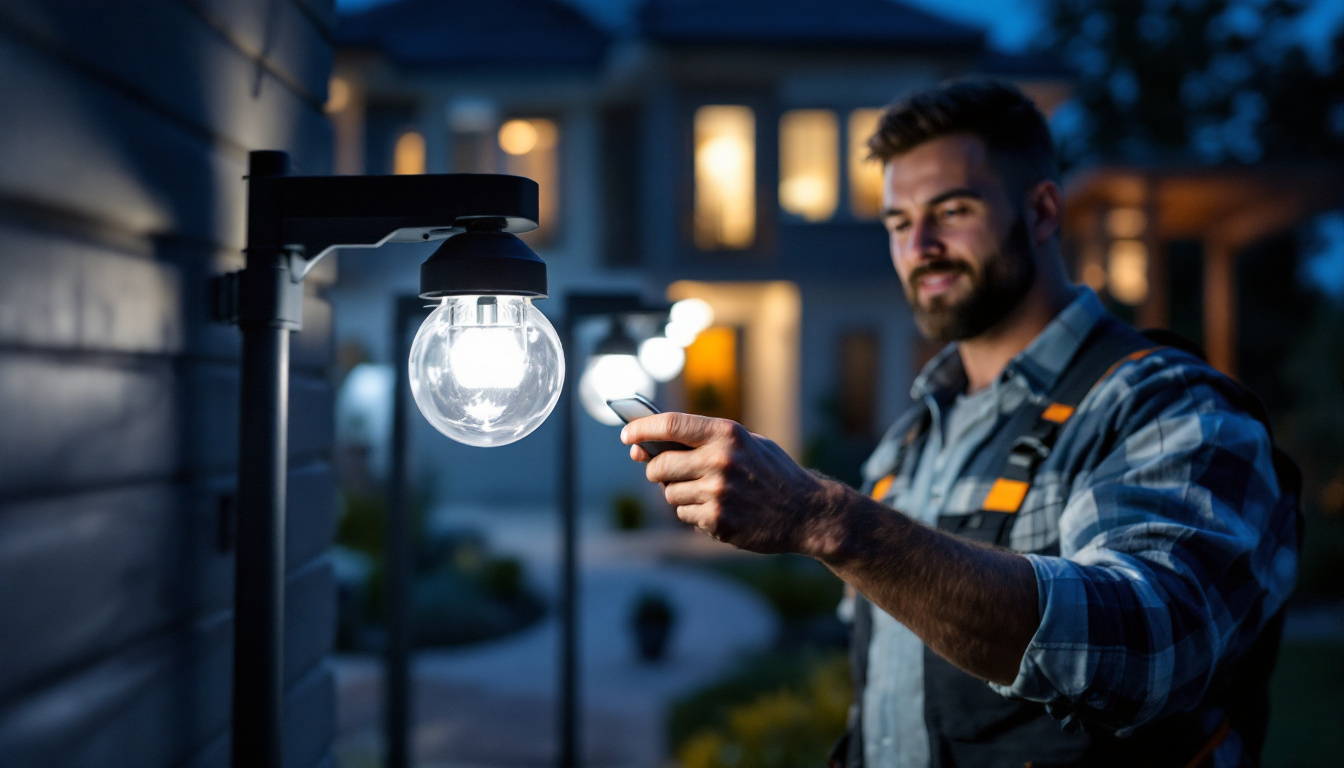
Discover how the innovative “Solar Light Lost or No Remote” technology is revolutionizing the lighting industry for contractors.
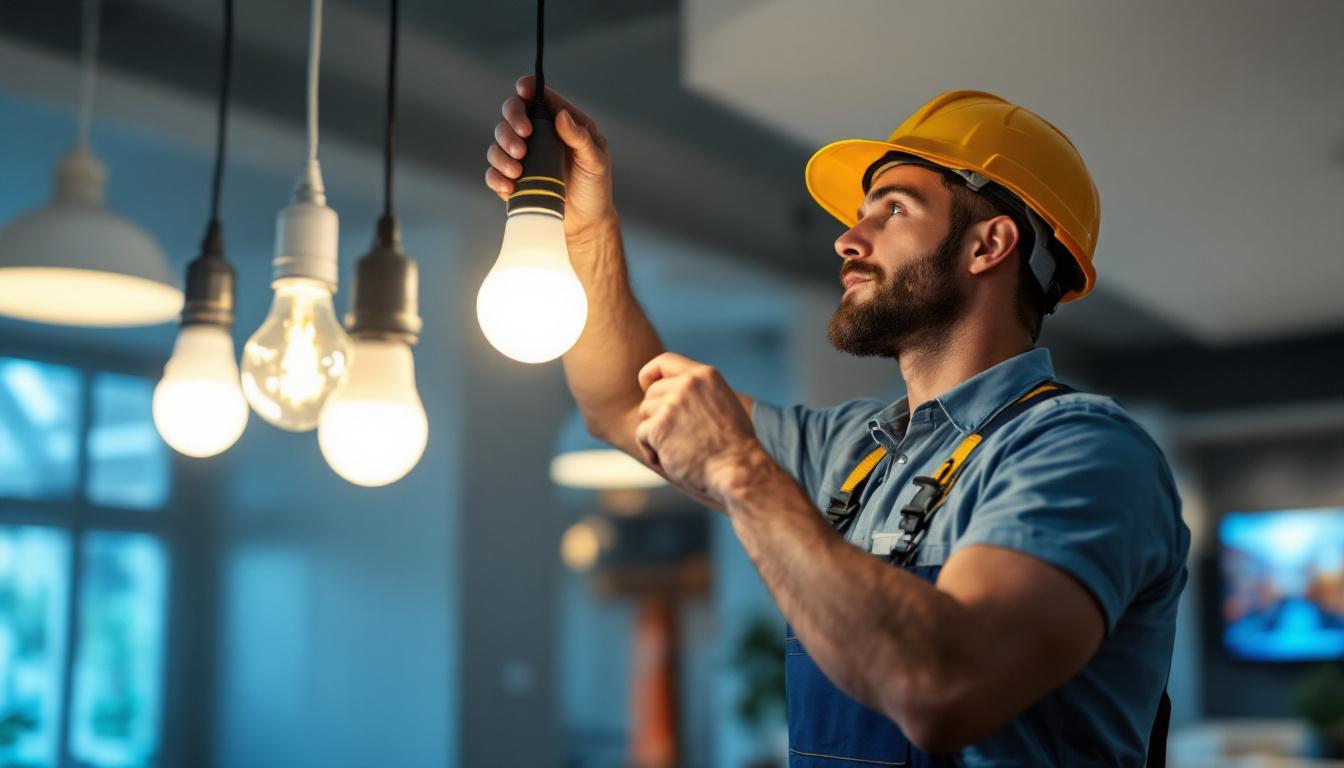
Discover the key insights lighting contractors need to meet client expectations with high output LED light bulbs.
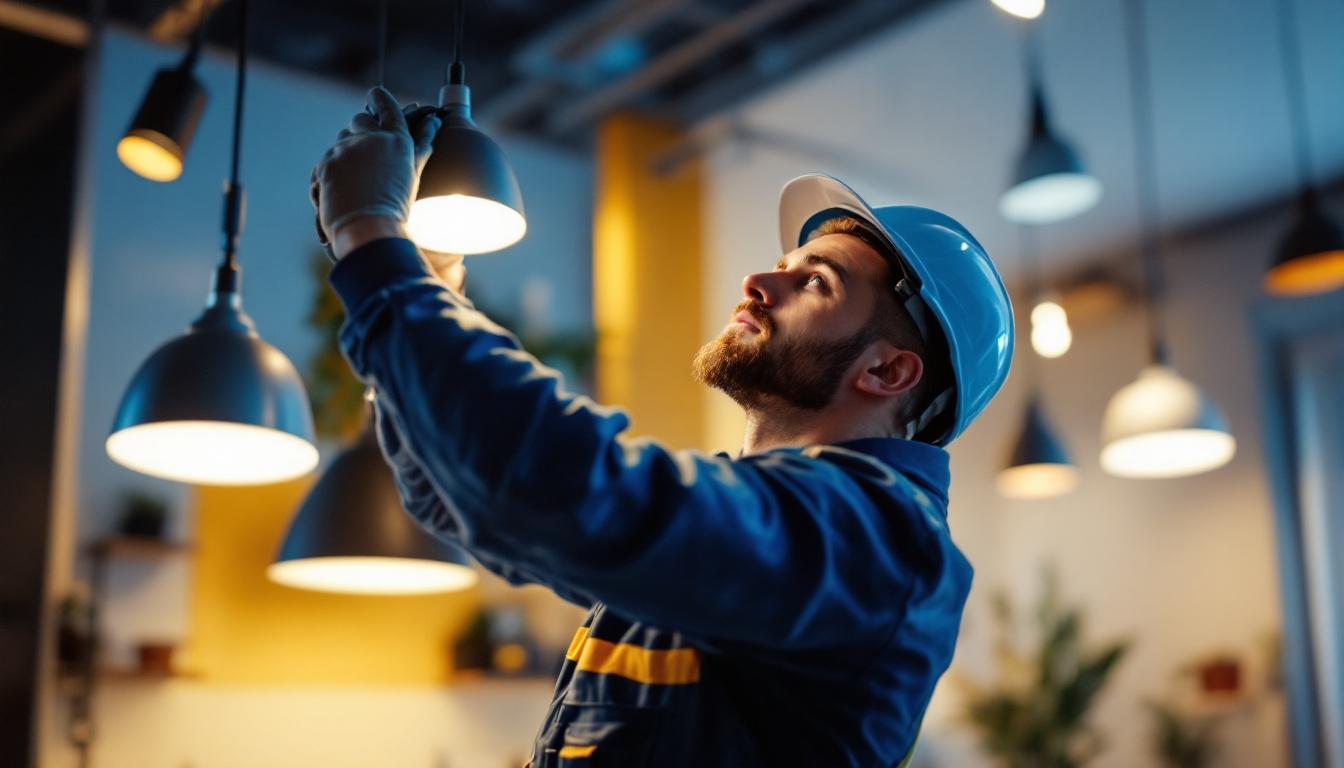
Discover innovative hacks for smart lighting contractors using Lumens LED lights.